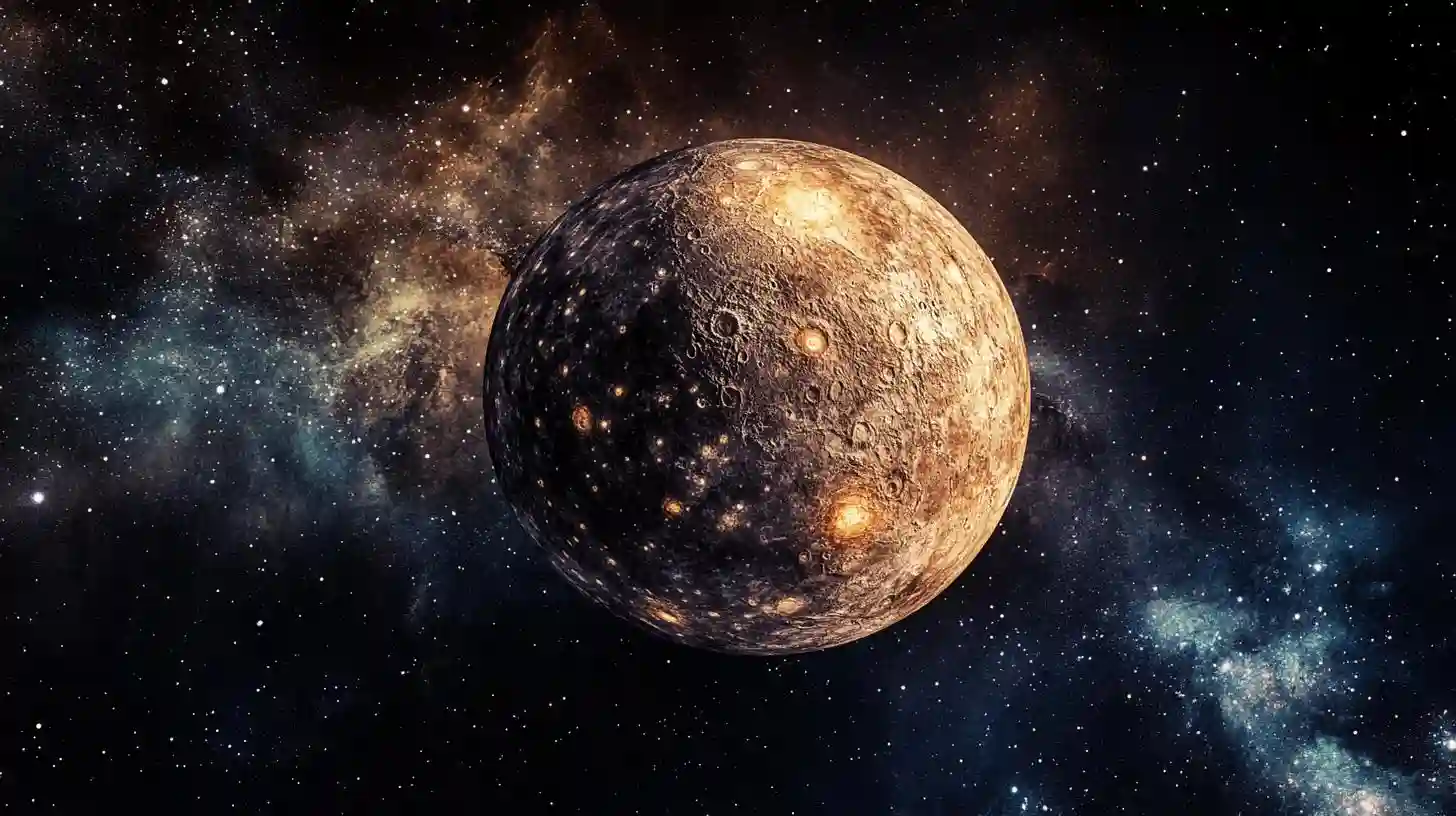
The intricacies of planetary science often lead to questions that unveil astonishing insights into celestial bodies. Among these, Mercury stands out due to its peculiar characteristics and enigmatic behavior. As the smallest planet in the Solar System, Mercury has long captured the interest of astronomers and planetary scientists alike. But more recently, research has illuminated a mysterious trend: Mercury appears to be shrinking. This article delves into this phenomenon, exploring the geological processes behind it, the implications for our understanding of planetary evolution, and the significance of recent discoveries.
Mercury's geological history provides the context for understanding its current state. Formed approximately four and a half billion years ago, Mercury is predominantly a metal-rich planet with a substantial iron core that takes up a significant portion of its interior. Its surface is marked by impact craters, reminiscent of the Moon, yet it possesses unique features that signify a dynamic geological past. The examination of its surface and internal structure has revealed that despite its small size, Mercury has experienced significant geological activity throughout its history.
One of the most compelling aspects of Mercury's geological dynamics is its shrinking size. Instruments mounted on spacecraft have enabled scientists to observe that the planet's radius has decreased over time, which presents an intriguing question: what could possibly cause a planet to shrink? The consensus among scientists points to the cooling and contraction of the planet's interior as a central factor. As Mercury cooled, its once molten interior solidified, leading to a reduction in volume. This cooling is a natural outcome of planetary formation, where larger bodies tend to retain heat for more extended periods while smaller ones cool more rapidly.
As Mercury continues to cool, the iron core solidifies further. This process initiates a contraction of the planet's overall structure, causing wrinkles and cliffs to form along the surface — geological features scientists refer to as "lobate scarps." These formations serve as evidence of the planet's shrinkage, with some stretching for hundreds of kilometers. These scarps indicate that the planet has undergone significant tectonic activity, which continues to inform scientists about the dynamics of Mercury’s interior.
While cooling and contraction play critical roles in Mercury’s shrinkage, external factors also contribute to this phenomenon. The Sun's gravitational influence affects Mercury's orbit, which is exceptionally eccentric compared to other planets. This elliptical orbit leads to variations in solar radiation that impact the planet's surface temperature, further influencing its geological processes. The Sun’s intense heat can cause various subsurface changes, which might accelerate the cooling of Mercury's interior and affect its overall stability.
The exploration of Mercury has significantly advanced since the launch of the MESSENGER spacecraft. This mission, which became the first to orbit Mercury from two thousand four to two thousand fifteen, provided significant data that reshaped our understanding of the planet’s geology. Among its many findings, MESSENGER's observations helped elucidate the relationship between Mercury’s surface features and its thermal evolution. Scientists were able to pinpoint the ages of various surface formations, adding layers to the timeline of the planet's geological history.
Recent insights reveal yet another compelling aspect of this scenario; it appears that Mercury’s shrinking may not be a simple tale of physical contraction. A study published in scientific journals presented a stunning hypothesis: the combination of internal heat, tectonic activity, and the presence of certain materials beneath the surface could create a nuanced interaction resulting in ongoing shrinkage. This finding proposes that there is an active layer of crust that continues to reshape and respond to the heat generated by the planet's core.
Moreover, Mercury’s magnetic field is another aspect that has been scrutinized in conjunction with its shrinking. Unlike planets with substantial atmospheres, such as Earth or Venus, Mercury’s magnetic field is relatively weak. However, the planet's core dynamics might explain this anomaly, as the iron core generates this magnetic field through processes related to its growth and thermal evolution. As the core transactions continue, fluctuations in the magnetic field can be expected. Understanding how these factors interrelate not only reveals the nature of Mercury itself but also provides a broader context for planetary development across the Solar System.
The implications of these findings extend beyond Mercury itself. The study of its shrinkage offers vital context for scientists exploring other small celestial bodies, including planetary bodies in different star systems. The lessons learned from Mercury’s geological processes could also influence our understanding of planetary atmospheres, core-solidifying phenomena, and even the potential for habitability in other smaller worlds.
Furthermore, these insights have implications for preparing future exploratory missions. The prospect of understanding Mercury’s geological processes is inextricably linked with the advancement of technology and materials science. Enhanced instrumentation for planning future missions could lead to further discoveries that may hold the keys to unlocking mysteries about not just Mercury, but the foundations of planetary science as a whole.
Public interest in the Solar System and the study of such celestial bodies enriches our understanding of the universe. The complex relationship between a planet’s size, core dynamics, geological history, and the factors influencing its present state evokes profound curiosity about the nature of our cosmic neighborhood. Mercury’s shrinking profile serves as a reminder that even the smallest entities have extraordinary narratives.
Ultimately, as research into the property of shrinking continues, it opens up a dialogue about the shape and behavior of planets influenced by internal and external forces. By examining Mercury’s transformation over aeons, scientists forge connections that illuminate our understanding of broader planetary mechanics, assisting in shaping hypotheses about the existence and evolution of other planets beyond our own. This focus on Mercury not only enriches knowledge about our immediate Solar System but lays foundational work for future inquiries into the architecture of the cosmos. The untold story of shrinking Mercury beckons additional exploration, and it is through this pursuit that humanity gains deeper insights into the universe's dynamic complexity.